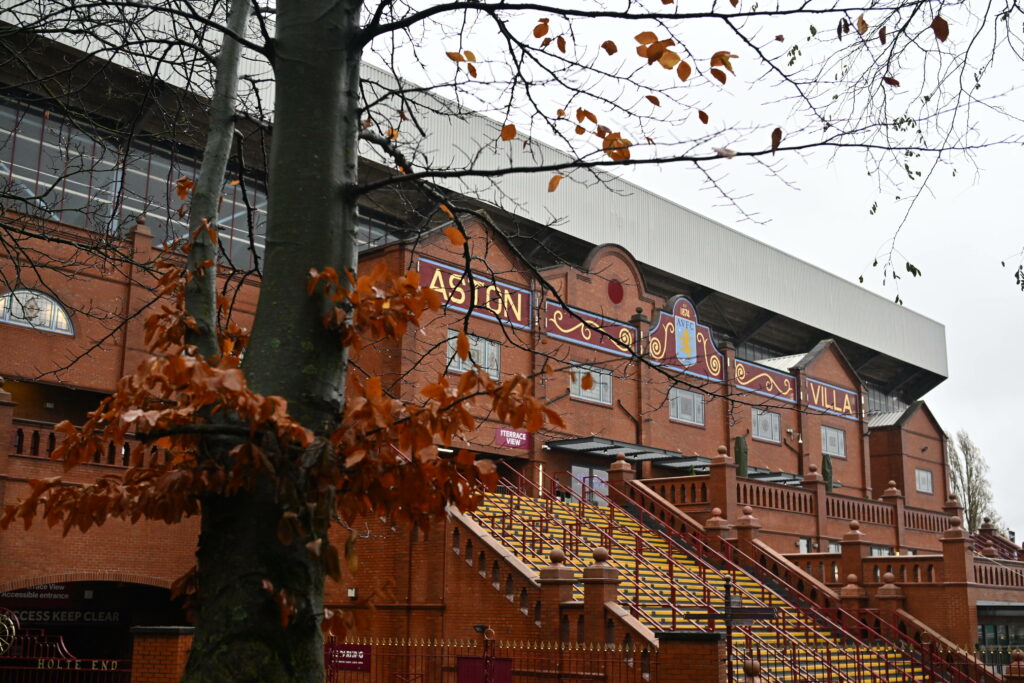
Aston Villa’s training ground: Where it is, what it’s called and the history of Villa’s HQ
Aston Villa have evolved their training facilities over the years.
The Villans have called Villa Park home for nearly 130 years, with many memorable moments capturing the imagination of the claret and blue faithful.
This has most recently seen Villa beat big sides like Paris Saint-Germain and Bayern Munich in B6 with Unai Emery at the helm.
Nassef Sawiris and Wes Edens have helped Villa make this possible, putting their money where their mouths are to bring about positive changes in the Midlands.
One of those has been the improvement of the training ground, allowing the Villans to go from strength to strength over the years.

What is the story of Aston Villa’s Bodymoor Heath training ground?
There is no getting away from the fact that Villa Park is one of the best stadiums in all of English football.
At one time, the training facilities near the arena in Witton did not match, sparking a change from then-chairman Sir Doug Ellis.
The land on which Bodymoor Heath was built was purchased in the 1970s, but complaints were soon made about the dated space by John Gregory.
It wasn’t until November 2005 that redevelopment was given the green light, but it was quickly called off by the owner due to poor league performance.
Randy Lerner took over as owner in 2006 and restarted plans before completing much-needed changes on 6 May 2007.
This is how the facilities remained until May 2021, when Prince William attended the opening of the new High Performance Centre, which features a 500-capacity mini-stadium that has since been used for academy fixtures.
Now, Villa have one of the best-looking and effective areas for players to work, rest and recover effectively, helping to benefit their performance on the pitch.
Where is Bodymoor Heath, and where did it get its name?
The naming of Villa’s training ground doesn’t have a particularly fascinating story.
This is simply because it was built on Bodymoor Heath Road.
There may be a historical meaning behind this, with Bodymoor typically pointing towards marshland, while heath represents open, uncultivated land.
When visiting the facility, it is immediately apparent that it was built on this type of terrain, situated in a rural area of North Warwickshire, near the Birmingham and Fazeley Canal.
This provides an ideal destination for Villa players to be away from the hustle and bustle of the city, allowing them to focus solely on training under Emery and his staff.
Enjoyed this article? Stay connected with all the latest Aston Villa news, updates, and behind-the-scenes content by following us on our new Instagram account – @villanews247
